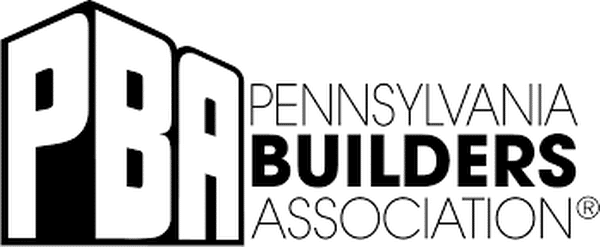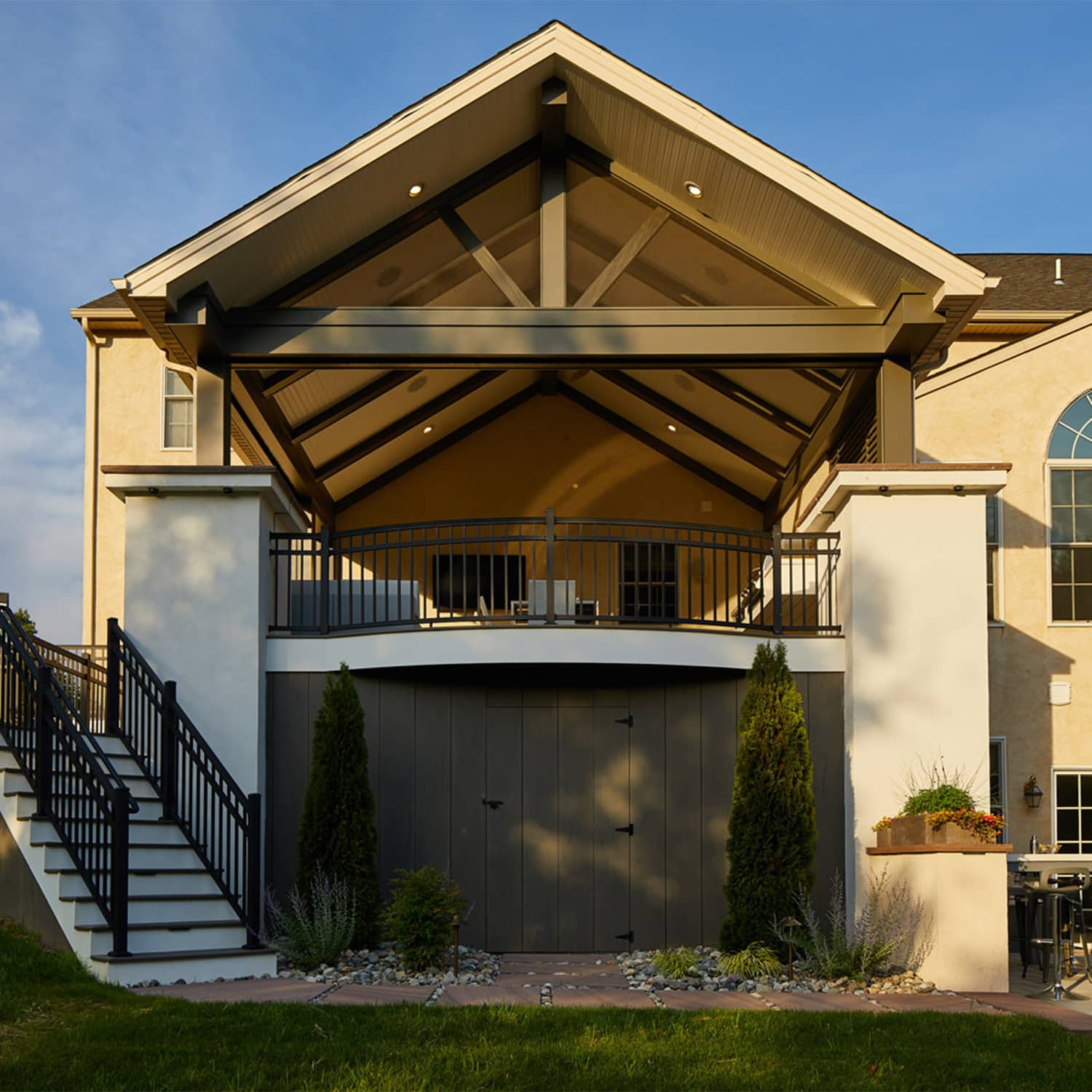Native Pollinator Garden Designs
Posted July 4, 2019 in Blog, Landscape Design, Plant and Tree
A native pollinator garden consists of the buzzing of bees and the fluttering of butterflies. The birds, moths and other beneficials play a part in the overall pollination. If these are consistently in your garden, then it equates to a happy garden by any horticulturist’s standards. Adding native pollinators will help the environment and keep the life cycles going on for generations. What are you doing to contribute to this cycle, and why should you? Read further on how to provide crucial elements to the great outdoors with these ideas in mind.
Why plant a pollinator garden with plant natives?
A native pollinator garden plan observes the natural habitat, season, climate and soil. Native indigenous plants provide the bees, butterflies, birds, and moths the nectar best suited for their needs. In turn, the pollination process help provides the fertilization most plants need to pollinate for seed creation. This process not only offers more plant growth but a healthy ecosystem.
Why is a Native Pollinator Garden a big deal?
A healthy ecosystem benefits everyone, not just nature. We are all intertwined and dependent on a diverse plant kingdom for food and habitat. Pollination and plant reproduction keep the pollinators healthy and restores the wildlife habitats that have been removed because of development. Being a faithful steward of our resources should prompt us to add back to the environment all that’s been lost to create a good balance.
Plant diversity protects against a monoculture within the ecosystem and therein protects against disease and outbreak. Where one species might be overcome with a particular pest or disease, not all will have the same tendency. These diseases require treatments that may deplete the soil of nutrients and decrease surrounding plant growth. Adding natives that are indigenous to the area will not require as much soil amendments or fertilizers.
Native pollinator garden designs protect natural wildlife habitats. Consequently, fewer fertilizers, pesticides, and water have to be used to maintain them. Native garden design pollinator plants prevent erosion on steep banks and around creek banks helping with stormwater management. Like any garden, these beautiful natives provide educational opportunities to show off the beneficials that find their way to the garden. With the variable conditions, native pollinators adapt too; they produce longevity in the garden with 3-4 seasons of interest. They create a wildlife habitat where birds and other animals can feed off the seeds and fruit in the winter and provide shelter. Natives also produce more nectar and pollen than their hybridized counterparts, so they don’t have to work as hard to get a full meal.
Join the challenge!
Have you heard about the million pollinator garden challenge? You can participate in your garden. The goal is to increase nectar and pollen, encouraging landscapes to afford pollinators a vast source to improve their overall health. Since 33% of our food sources are contributed to pollinators, we can give back to the bees, butterflies, bats, birds, and other beneficials that put dinner on our tables! Register as a pollinator partner by planting native plants that are the best choice for pollinators.
What do pollinators prefer?
Butterflies look for flowers that have a good base for landing instead of one-lone-ranger. They like a cluster of bright colors to catch their view (red, purple, orange, and yellow). Flowers have to be open during the day when they’re flying through the garden and have ample nectar production that can be hidden.
Bees will follow a flower’s scent and colors into the native garden. Bees can easily see blue, yellow, purple, white, and violet flowers and like the nectar they offer. Different flower, petal shapes, sizes, and lengths will benefit a variety of bee species.
Some birds like hummingbirds can hover while eating the sweet nectar, which makes them excellent pollinators. Flowers that benefit most from these acrobatics are flowers with tubular flowers. Their long beaks are best suited for feeding.
Best Performing Native Plants
Butterfly Milkweed-Asclepias tuberosa
This plant is a perfect monarch habitat. They find their source of nectar from many plants, but it is the only host plant for the monarch butterfly. The leaves of the milkweed contain a toxin to predators that the monarch caterpillars ingest. Fortunately, it doesn’t kill the caterpillar but protects them from predators. Mother Nature at her best! But don’t be fooled like some monarchs. Cynanchum species of milkweeds are not conducive to pupae development so don’t plant these in your garden.
Great blue lobelia-Lobelia siphilitica
Bee-autiful in the garden and for a good reason. It’s not often you find a blue flower that tolerates dense shade. And bonus, it’s great for rain gardens because it likes wet conditions. This lobelia will have the bees talking to each other and a whole humming chorus going. Each bumblebee lands and pushes itself through the petal lips that protect the valued assets. They dunk themselves headfirst into the blossom sucking up the sweet nectar only to do it again on a nearby plant. This full-body operation ensures a good dose of pollination. The flower self-seeds so this native pollinator plant is easy to grow in average to wet soils.
Eastern redbud-Cercis canadensis
This native tree attracts not only bees but also humans! Its burst of color in the spring can stop you in your tracks. Because it blooms in early spring when not much else is in bloom yet, the honeybees and bumblebees come a-buzzing. This understory tree is a lovely accent in the landscape as an ornamental. The flowers grow directly on the tree bark, which makes it exceptional. Native bees also use this tree for nesting or harvest parts of it to construct their nests.
Highbush blueberry-Vaccinium corymbosum
This fruit berry bush provides sustenance for all. The pollen from the blueberry flowers are too heavy to blow around in the wind, so it’s essential for the buzzing creatures in the garden to land and release the pollen off their legs. Flowers need pollen within three days of opening to produce seeds and berry growth from each flower. So thank your local honeybee when you have your next blueberry pie!
How to Protect your Pollinator Native Garden
Nurture your own piece of real estate by adding natives to the mix. Using the best native plants for your pollinator garden will ensure their survival and returning for more nectar. Create a ‘backyard wildlife’ habitat to attract birds, butterflies, pollinators, and wildlife. While gardening, avoid using any pesticides on your plants that will harm and kill these essential pollinators. Adding host plants, they can use such as the butterfly milkweed will increase production and provide a benefit to your garden. And finally, walk through your garden and make an observation. Watch the beneficials work their magic all over your yard. Enjoy the natural life and be an advocate for other gardeners.
If you are interested in getting advice on how to add to your garden with more natives and pollinators, give our award-winning design team a call. If you would like to fully reimagine your outdoor living space, we partner with our clients to design and install one of a kind, unique backyard experiences that are custom fit for your home and property. We provide these Lehigh Valley outdoor living services and garden design ideas to fit your lifestyle and garden size. Contact MasterPLAN today.
Resources:
Join Our Newsletter
Stay up to date with what is happening with MasterPLAN Outdoor Living.
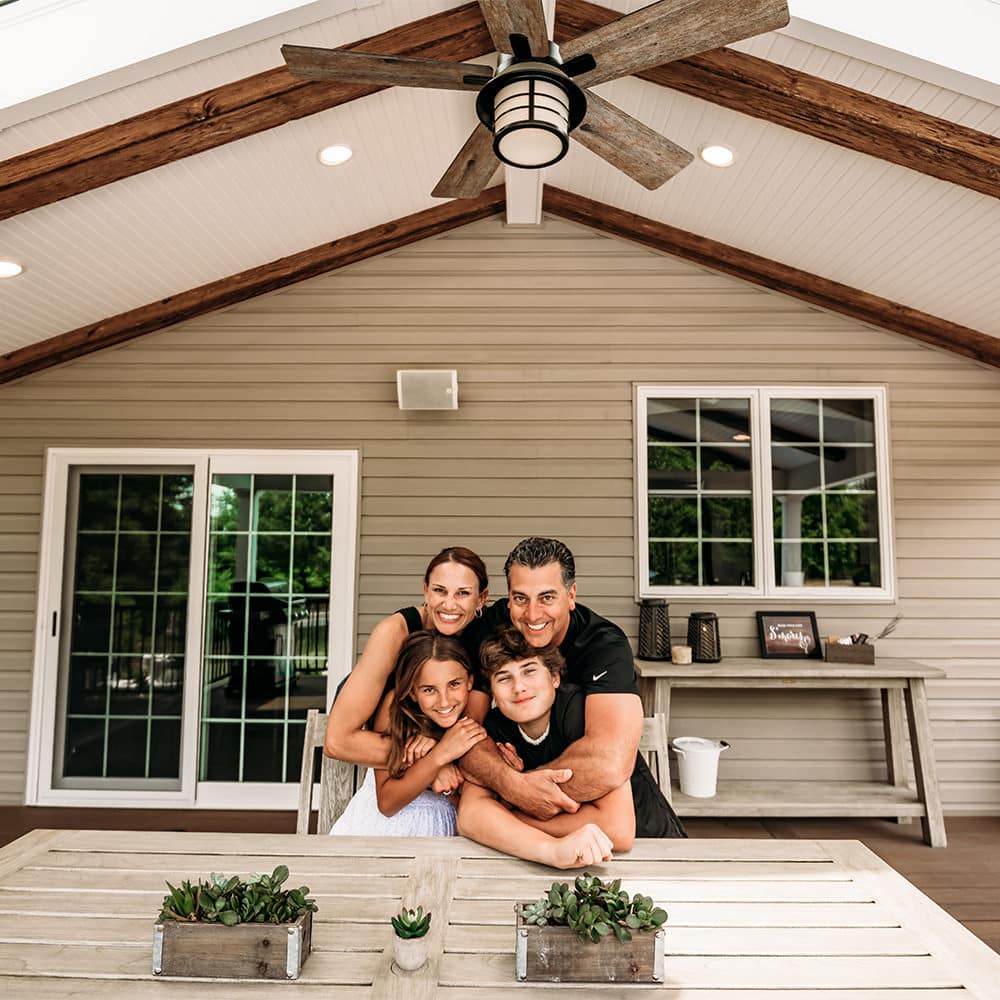
We are not sure this family’s smiles and spirits could get any brighter! Working with amazing people like this is what it’s all about!
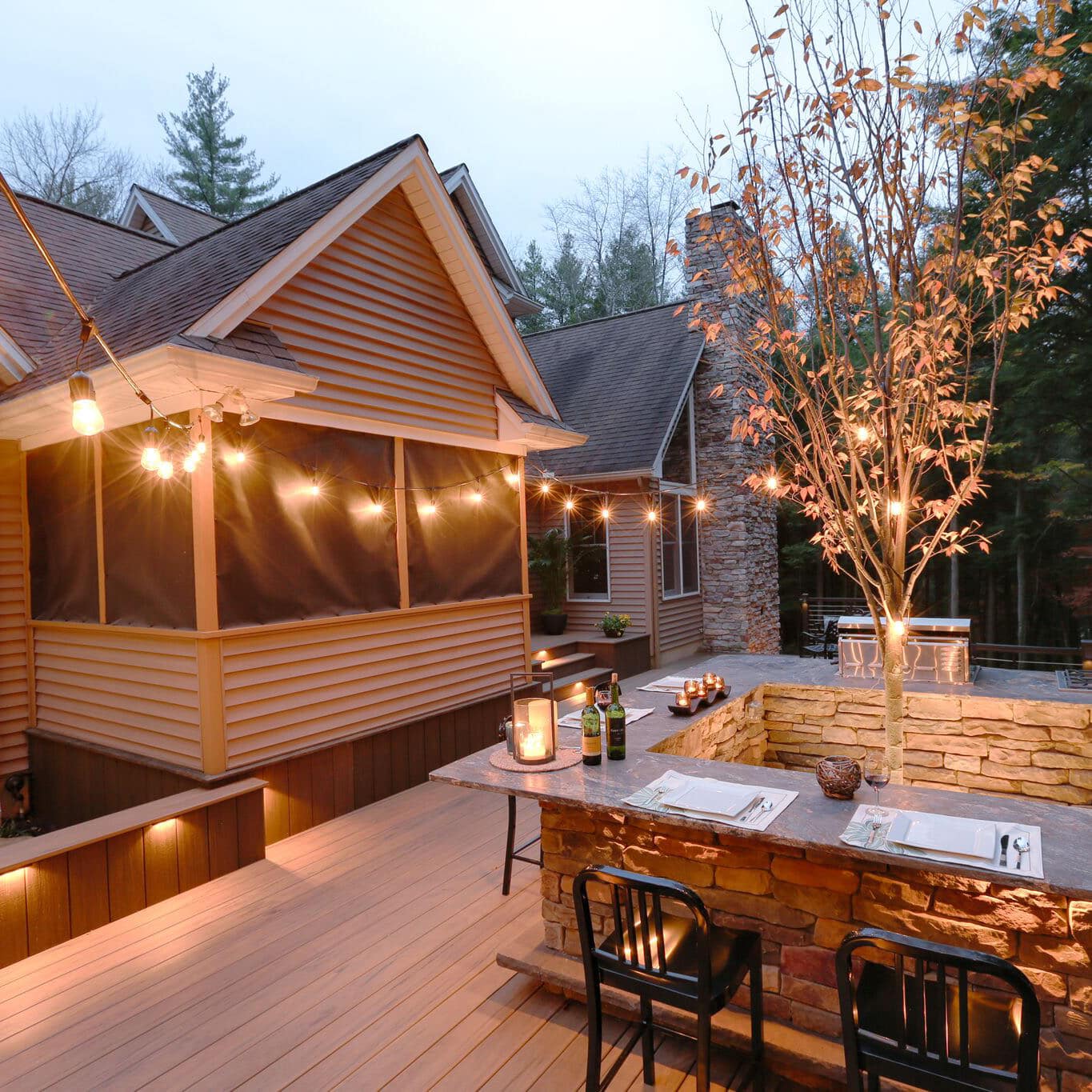
Outdoor dining never looked so good! Learn more about this MasterPLAN project that blends right into nature!
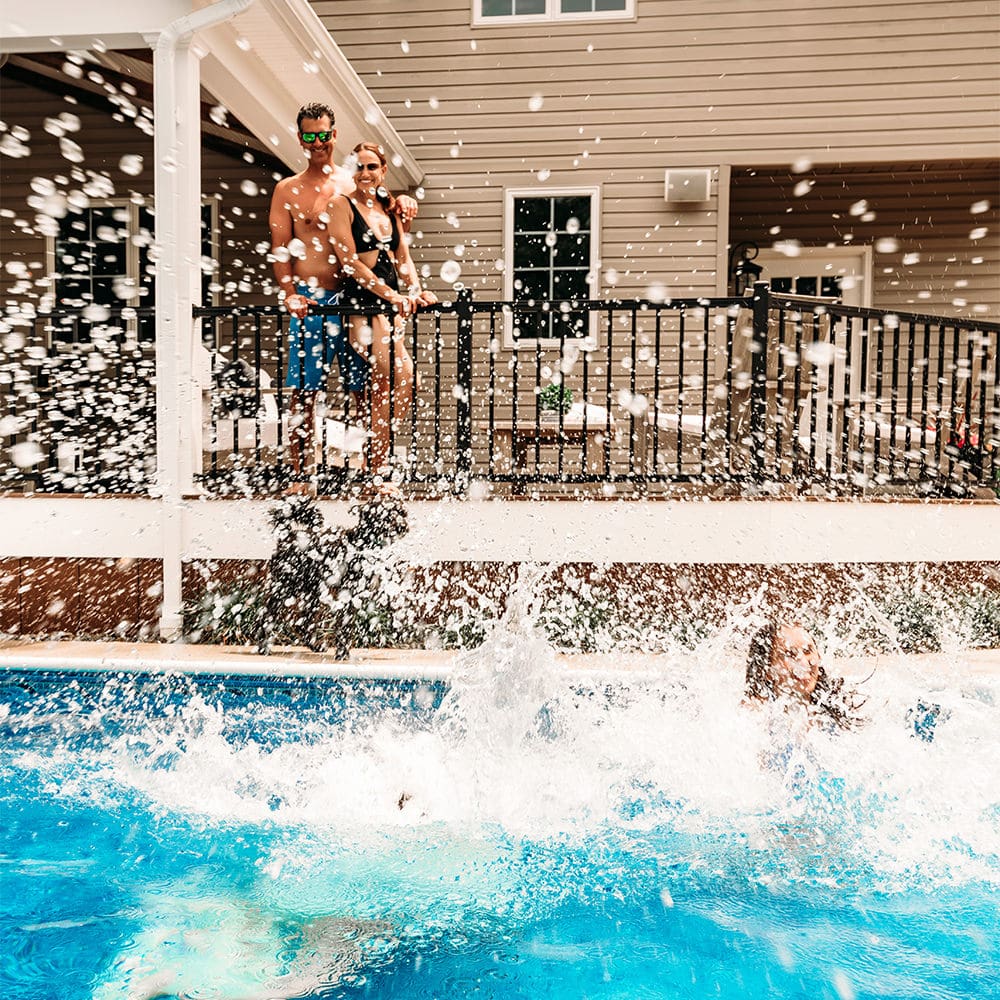
Don’t feel overwhelmed with the possibilities for an inground swimming pool. We will partner with you throughout the design and installation to make sure everything is beautiful and successful!

Boulders are a natural and beautiful way to retain soil when there is a significant grade change in your Lehigh Valley outdoor living space!

Your favorite vacation spot, right outside your door is truly possible with MasterPLAN!
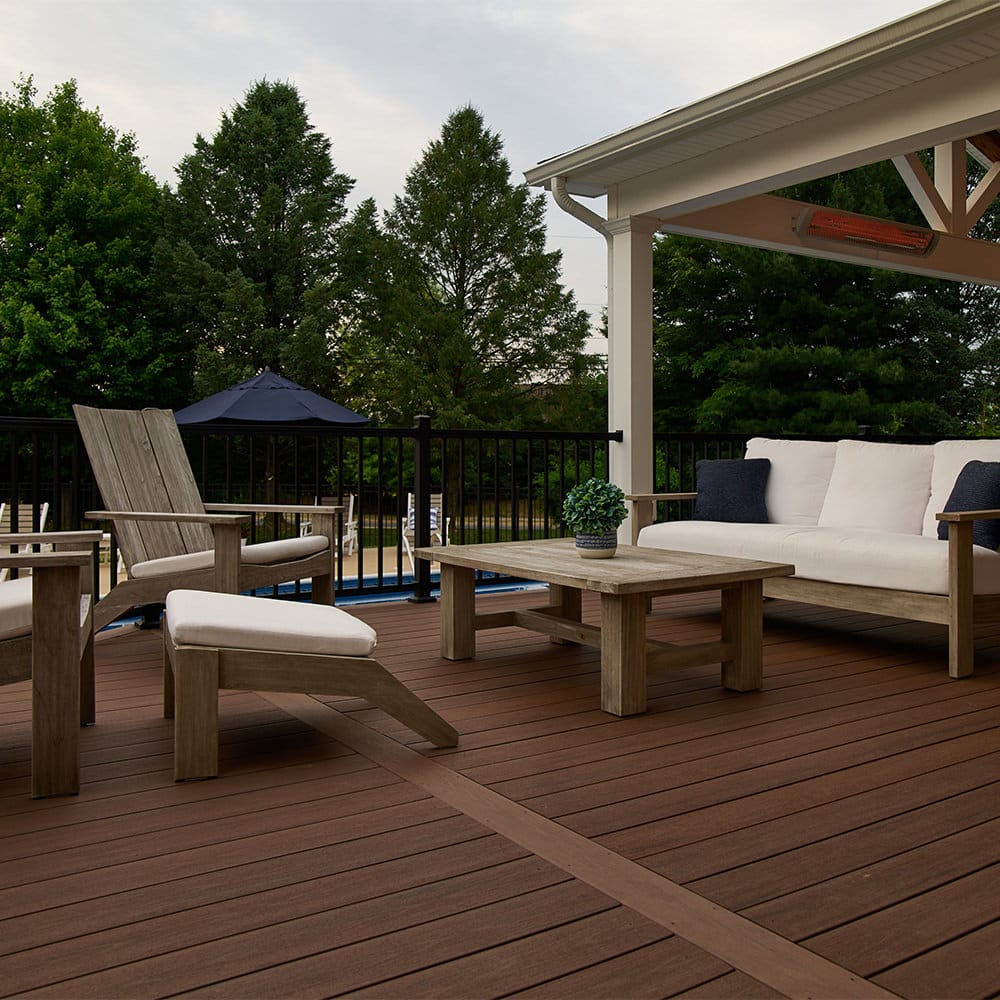
This open-air lounge space allows this family to relax under the stars and catch up on each other’s day. Pure bliss!
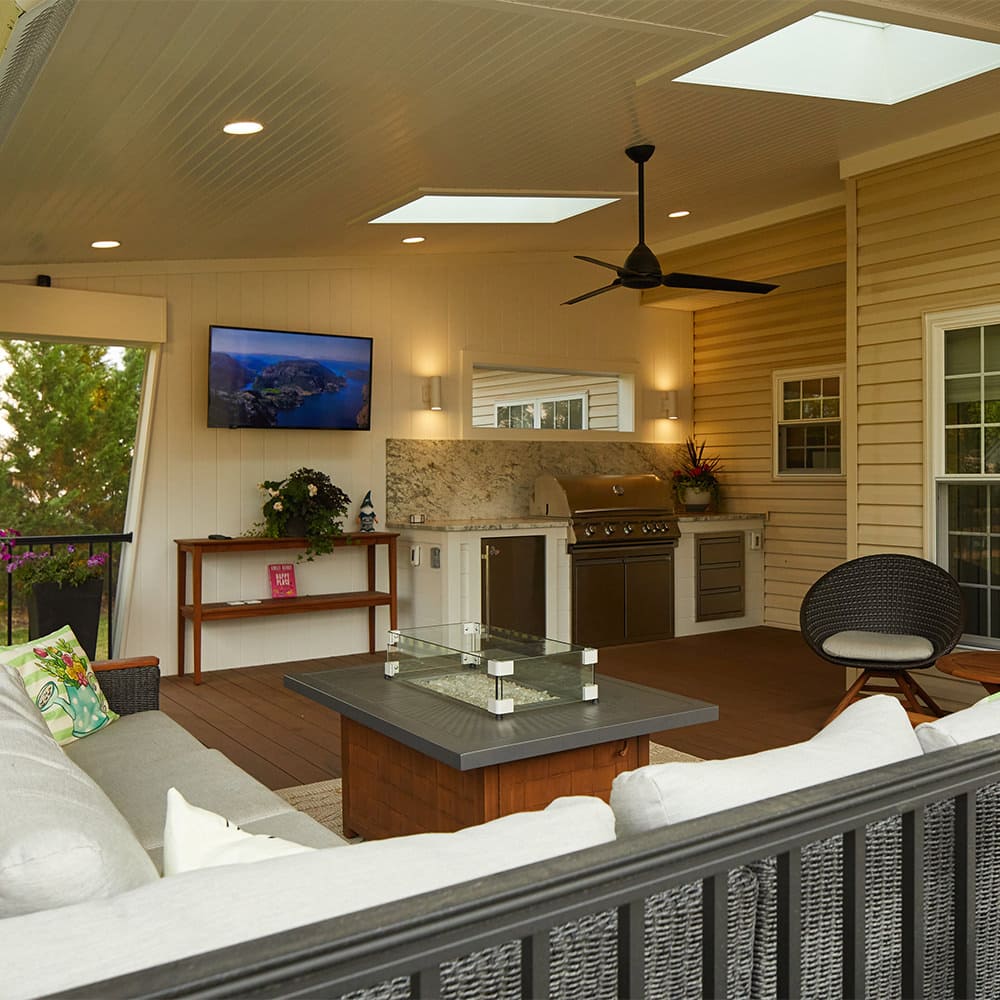
An outdoor living space that looks and feels like an extension of your home is proven to be utilized and enjoyed for more months of the year than initially expected!
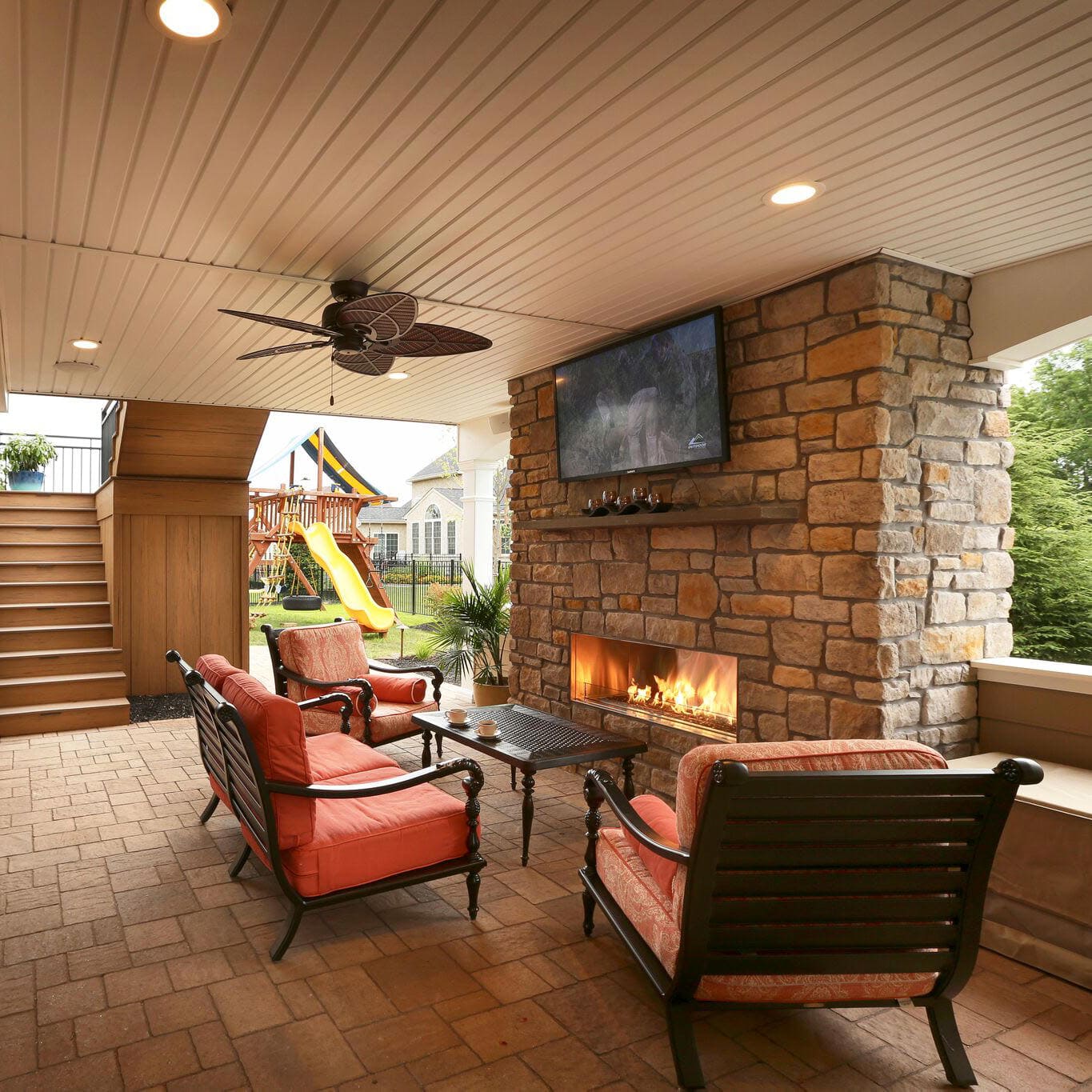
Dry under-deck systems provide added lounge and entertainment areas to your outdoor living plan. Read more about this Limerick, PA project!
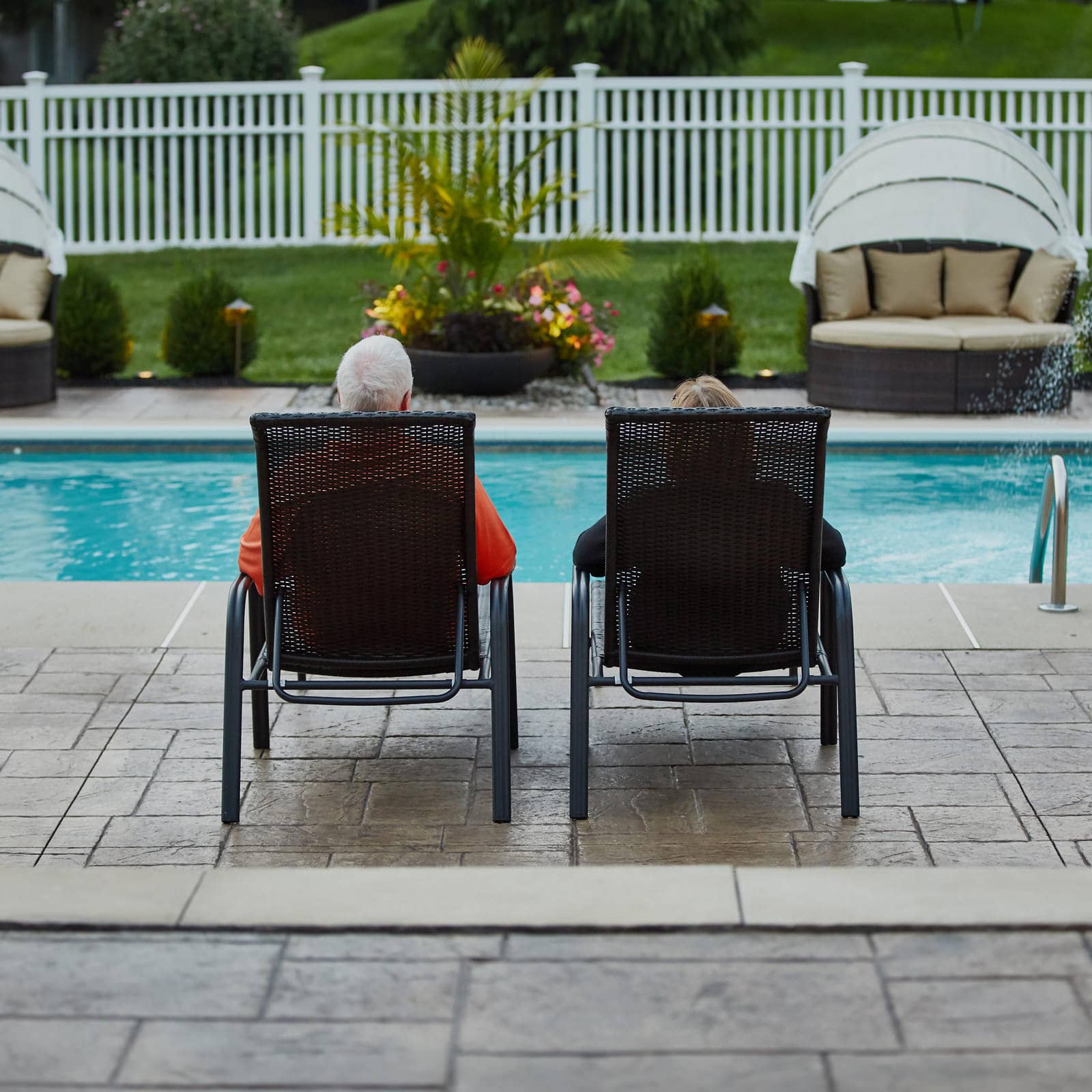
This lovely couple from Bethlehem feel like they are on vacation everyday in their own MasterPLAN created backyard!


